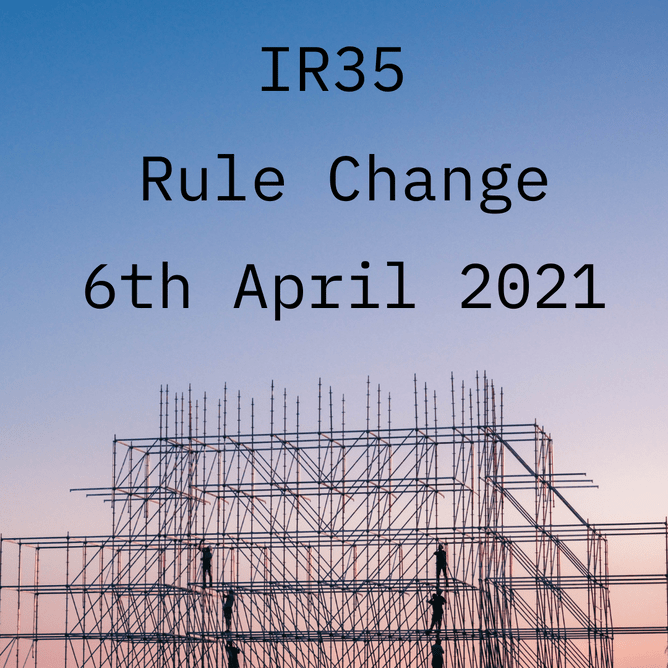From 6th April 2021, the IR35 rules have changed which means all organisations that have workers providing services through an intermediary (more information on an intermediary below) to public sector clients and medium or large-sized private sector clients will be responsible for deciding worker’s employment status. This includes some charities and third sector organisations. Previously, the worker was responsible for deciding their employment status for tax purposes.
IR35 rules have been changed to ensure that these workers pay (broadly) the same amount of Income Tax and National Insurance contributions as employees.
What The Terms Mean
The Off Payroll Working rules (often referred to as IR35) apply to a worker (also known as contractor) providing services through an intermediary (usually their own limited company or another type of intermediary) to the client.
The client is the organisation who is or will be receiving the services of the worker (they may also be known as the engager, hirer or end client) and the client will be responsible for determining if the off-payroll working rules apply.
An intermediary is classed as a party who makes arrangements for, or pays, an individual to work for a third party. The off-payroll working rules apply to a worker’s intermediary.
The 3 different types of intermediary that workers can provide their services through are:
- a limited company, usually known as a personal service company (PSC)
- a partnership
- an individual through a non-corporate relationship - also known as an ‘unincorporated body’
A PSC is a type of intermediary where the worker has a ‘material interest’ in a company. This usually means the worker is either:
- the director of the company
- able to control more than 5% of the ordinary share capital of the company, directly or indirectly
Checking Employment Status For Tax Purposes
If the worker provides services to a public sector client, or a medium or large-sized private sector client, the client should do an employment status determination, there must be a contract in place to see whether the engagement is classed as employment or self-employment. The tool assumes there will be one in place. This tool will check if HMRC will treat the worker as employed or self-employed for tax purposes if they have or expect to have a work contract
The worker will be able to dispute the determination given to them if they disagree with it.
Different Rules
Different rules apply if the worker:
- does not get an employment status determination from the client
- provides services to small clients in the private sector
When The Rules Apply
The client the worker works for is responsible for deducting Income Tax and National Insurance contributions from the worker’s fees and paying them to HMRC. In addition, employer National Insurance contributions and Apprenticeship Levy, if applicable, must also be paid to HMRC. Further information is available here.
Response
The rule change was announced in 2019 and has been delayed for a year due to the COVID-19 pandemic. Response has been mixed, some feedback suggests that the rules crack down on tax avoidance for workers and organisations that use the intermediary only to avoid tax however there are a lot of genuine workers that will face a wage cut to allow for the organisation’s increase in taxes or even losing their contract.

